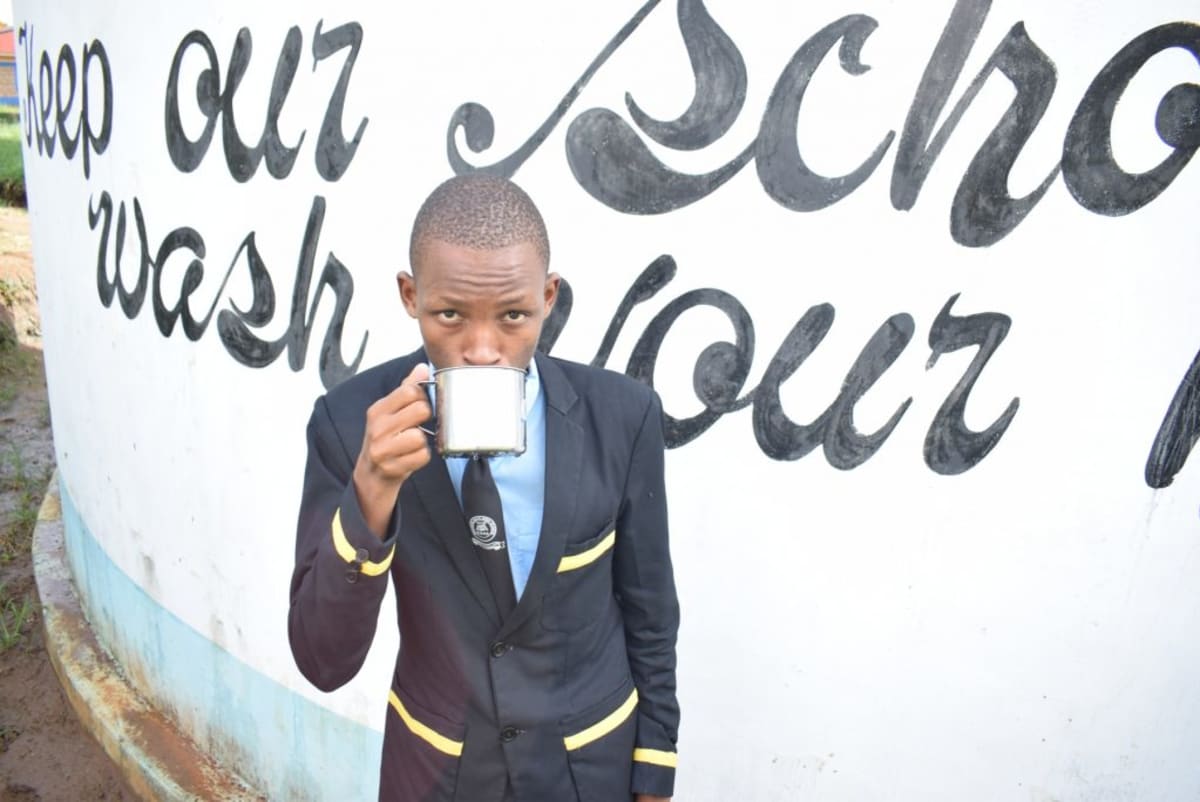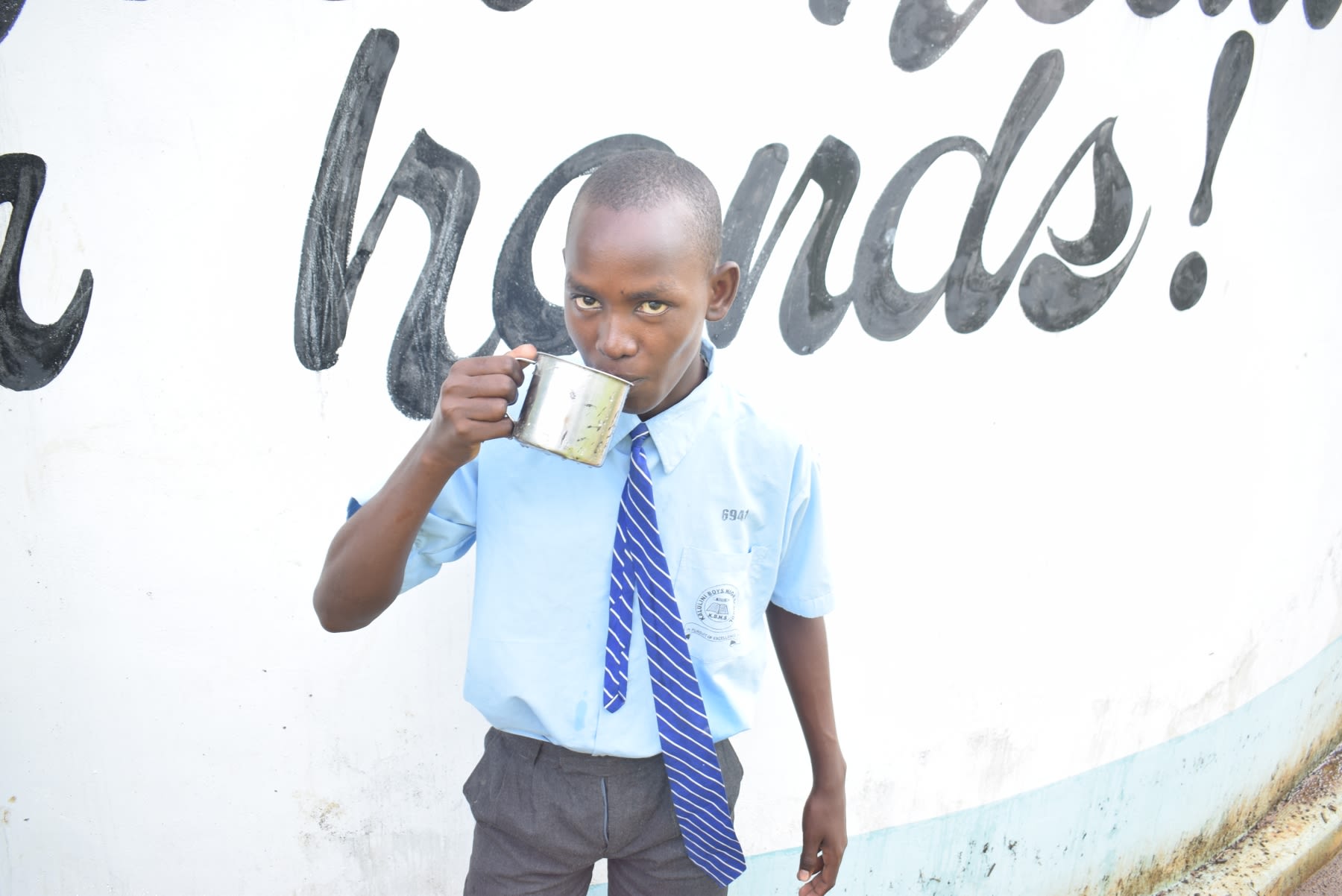With more than 900 students, Kalulini Boys' Secondary School struggles to meet the water demands of its students and staff. Water is trucked in from Kibwezi Town which is more than five kilometers away from the school. That supplements the water gathered on the school grounds by small rainwater tanks.
Water provided to boarding students is highly rationed, making their stay in school miserable with each student provided a limited amount of water for washing and showering. It is also very expensive for the school to pay for the water deliveries. It costs $100 per delivery of 16,000 liters of water. For perspective, the school should be using roughly 4,500 liters per day, but it can only afford four deliveries per month.
That is not nearly enough to alleviate the school's water problems. Kalulini Boys' Secondary School is paying too much for water and its students are still suffering from a water shortage.
There are academic impacts, too. The school’s science lab needs an adequate supply of clean water for cleaning lab apparatus and conducting experiments, and it is expensive to provide enough water for the lab. The fourth year agriculture students must also scramble for water to help with their garden projects. This has greatly affected the performance of these subjects in final year examinations as well as discouraging students from lower classes towards specializing in the subject.
"The school has been running out of clean water for drinking. We are forced to drink water from the community borehole which is at times colored and unsafe," said John George, a 16-year-old student.
"Drinking it may bring health complications. The existing water points are not enough to serve the big student population. Sometimes students lack water for basic things like for washing and taking shower because of the congestion and struggle at the water points."
Background
Kalulini Secondary School was started by Kalulini Community in 1978 as a community school to provide a good opportunity for pupils attending Kalulini Primary School. The school was later taken up by the Kenyan government to operate under the Kibwezi District Education Board. Kalulini Secondary has grown to its current status through the support of parents and the Kenyan government.
The school is found in a peaceful rural location. The immediate surroundings are dry with limited vegetation cover, whereas the school compound is well covered with planted trees comprised mainly of exotic breeds. Buildings within the school are decent and of modern standard, while those in the surrounding communities exhibit high levels of poverty and poor living conditions.
Here’s what we’re going to do about it:
Rainwater Catchment Tank
We will build a 104,000-liter rainwater catchment tank for this school. This water will benefit the students, teachers, and supplementary staff. Parents will mobilize the materials needed for construction, such as sand and stone. They will also lend some strong arms to help with the actual construction.
The huge capacity of this tank makes the others look tiny in comparison; 104,000 liters should alleviate the water needs of students and staff during the dry season. As soon as the tank has time to cure, it can begin to collect rainwater for drinking, cooking, and cleaning!
Training
Students and staff will be trained for one day. Those in attendance will form a school health club that will promote good hygiene and sanitation practices both at school and home. They will learn all of the steps to proper handwashing, how to treat water, and how to keep their environment clean. The school will also be taught how to best oversee and maintain their new rainwater catchment tank and handwashing stations.
Handwashing Stations
Three handwashing stations will be delivered at the project’s completion. These are 1,000-liter plastic tanks fitted with four taps. The health club and school management will be responsible for making sure tanks are filled with water and that a cleaning agent such as soap or ash is available.

 Rainwater Catchment
Rainwater Catchment
 Rehabilitation Project
Rehabilitation Project
































